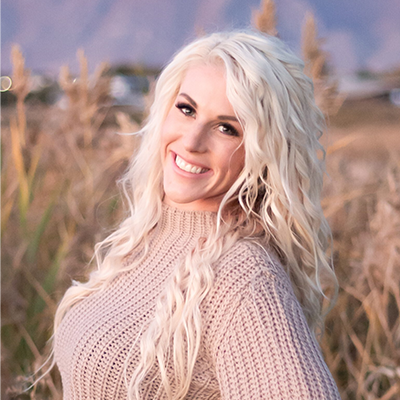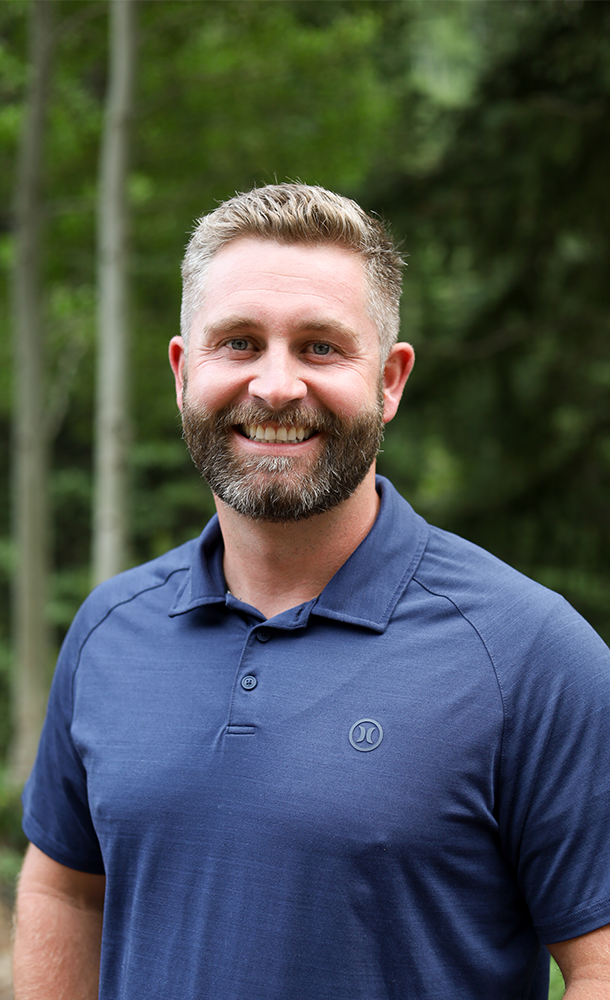Cattle and livestock have been roaming ranches and rangeland for as long as most people can remember. And while they can be somewhat overlooked, engrained elements of our landscapes, their importance to our ecosystems should not be underestimated. Here are three of the biggest benefits:
1. Quality Food and Fiber Comes from Grazing Livestock

Millions of acres across the U.S. are unsuitable for farming. The terrain is usually too rocky or steep, has poor soil, or receives insufficient amounts of rainfall for growing crops. But cattle and other livestock can graze this terrain readily and convert poor-quality grasses and grains into nutritious red meat for our consumption.
A grazing animal can digest fibers that we humans cannot use and turn it into healthy, red-meat protein that’s loaded with minerals and vitamins as well as healthy proteins and fats. A staple in many diets, beef is a healthy and beneficial food for consumption.
Like beef cattle, sheep are ruminants and can convert sparse vegetation into quality, red meat. Sheep also provide wool, which is a natural and renewable resource that provides useful fiber for human use.
2. Good Grazing Management of Livestock Equals Better Plant and Soil Health

When livestock consume forages, nutrients in the above-ground vegetation are unlocked and converted to food and fiber; this is carbon cycling in action! And as livestock roam across grassland and rangeland, they fertilize plants with manure and urine while breaking up hard-pack ground with their hoof action. Through this process, nutrients get put back into the ground in a more biologically active form that feeds soil life and furthers the growth of vegetation. In the end, good grazing management creates healthier and more suitable environments for native plants and wildlife, allowing them to thrive and sequester more carbon.
3. Grazing Livestock Can Reduce and Prevent Wildfires

When livestock graze across grassland and rangeland, they can help lower the risk of wildfires and reduce the impact of fires. This happens when they consume annual and perennial grasses, shrubs, and undergrowth. As a result, there’s a decreased amount of available fuel for wildfires and an increase in new plant growth, which adds moisture to the environment. A great step in wildfire prevention!
LRP Insurance and PRF Insurance Back Up Your Grazing Initiatives
Besides benefitting natural ecosystems, grazing cattle and livestock usually provide substantial income for ranches. If you’re looking for additional security, there are a couple smart tools you can use to protect your operation against losses: Livestock Risk Protection (LRP) insurance and Pasture, Rangeland, and Forage (PRF) insurance.
LRP insurance helps protect your operation against market declines in cattle prices. With this program, you can lock in a floor price for your cattle (similar to a put option) and get paid an indemnity if market prices dip below the coverage price for the endorsement period.
PRF insurance protects your operation from potential losses on pasture and rangeland due to lack of rainfall, and with it, you can receive indemnity payments when rainfall goes below the 70-year average for your area. You can use payments to purchase additional forage, help with cash flow, or increase your savings.
For more information about these insurances or to request a free quote, please fill out our online form or call Redd Summit Advisors at 1-800-825-2355.





.webp)




